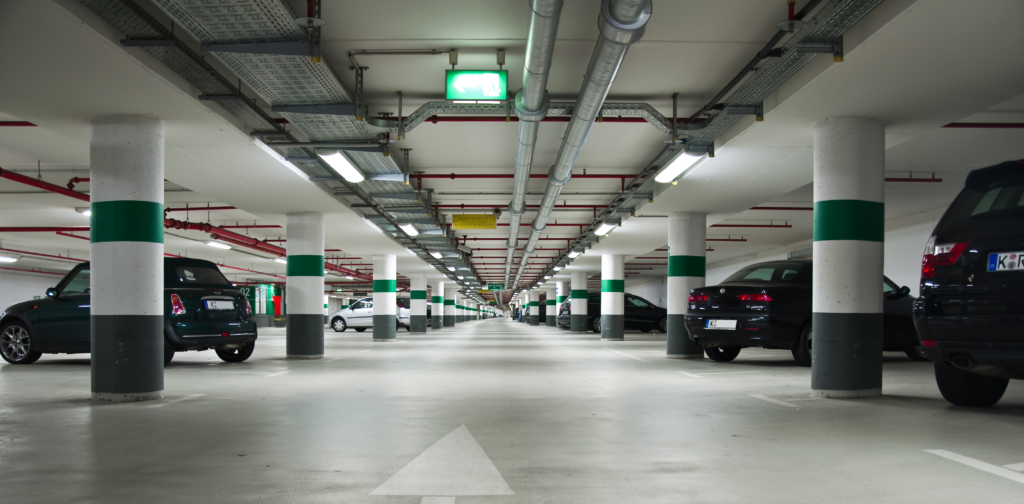Even experienced city drivers may find driving in Toronto intimidating. For the same reason, it might be difficult for locals and visitors to find a convenient and reasonably priced parking space.
Even worse, you run the risk of receiving a parking penalty for infractions, which will negatively impact both your driving experience and finances in Toronto.
The good news is that you may avoid the annoyance of paying parking citations or having your car towed away by learning about the Toronto parking system and using a few hacks to assist you in finding appropriate and affordable options.
However, if you’re unfamiliar with the area, locating parking spots—especially ones close to your destination may be challenging. Not exactly sure what you should remember to do?
Let’s examine a few parking strategies to help you get around in bigger cities.
1. Examine Peak Hours
Finding out how crowded the location will be when you intend to visit is one of the best strategies for locating parking in Toronto. Arriving at your destination an hour or so early is often worthwhile just to secure a better parking spot, depending on how far other parking locations are.
Google should be able to provide you with this information; it will list the busiest times for a particular place, company, etc. Remember that this information might change depending on regional events or holidays. Alternatively, if you are a Pro member of some local apps available in Toronto, you can use parking availability to view the streets with available parking spots in real-time.
2. Keep an Eye Out for Signs
You should carefully search the neighborhood for signs to ensure you’re not violating any parking regulations. Even when a certain place appears to be open for business, there may be a sign nearby stating that parking is prohibited there.
Even though they are rare, look for signs hidden under trees or bushes.
3. Colors of the Curb
Certain localities designate parking restrictions with various colored curbs. A red curb, for instance, indicates that parking is prohibited at all times.
Typical additional colors are:
- White: The maximum time for loading and unloading is five minutes
- Green: Only short-term (usually 15–30 minutes) parking
- Blue: Parking available to those with a valid disability parking placard in their automobile
- Yellow: Only for commercial loading; frequently has a 30-minute time restriction
Parking violations may result in fines and/or towing if certain regulations are broken.
4. Think About Holding a Spot
To make sure you have a seat accessible for you, you can reserve a spot in advance. You may lock in a rate before you ever arrive by entering your arrival and departure times on our free ParkMobile app.
5. Don’t Expect Parking to Be Free
In major cities, free parking is hard to come by, but for those who know where to seek and when to arrive, it is available. Some places (like Toronto) have so little favorable parking that customers will pay a million dollars for a single spot.
It’s extremely unlikely that you’ll find free parking close to your location unless you intend to arrive extra early or you just happen to be lucky. Thus, bear this in mind while you move around the city.
6. Make Use of Public Garages and Parking Lots
Some of Toronto’s most practical and affordable parking alternatives may be found in public garages and parking lots. These spots are conveniently located across Toronto, making them accessible from most parts of the city. Toronto’s most well-liked public parking lots include Impark, Parkopedia, and Green P Garage.
7. Opt for street parking
In Toronto, street parking is frequently less expensive than garage and public parking lots. But, finding a convenient street parking spot in the city takes a lot of patience and careful planning. Getting familiar with all Toronto street parking laws in advance could be ideal to prevent tickets (fines) or towing.
Green P operates all municipal on-street parking lots, and the Toronto Parking Authority (TPA) enforces them. You may want to learn more about the application and research nearby areas where free parking is available in the city.
8. Make Use of Park and Ride Facilities for Commuter Parking
In Toronto, it is frequently simpler to find affordable and convenient parking in the suburbs than it is in most other parts of the city, including the downtown area. Therefore, there are several benefits to parking your car at commuter parking (park and ride) locations like TTC subway stations and using public transportation, walking, or biking into the city, such as:
- Because most commuter parking facilities have plenty of parking places, you can escape the headache of finding a convenient parking lot in a busy city.
- Parking in park-and-ride facilities is usually less expensive than parking in city garages and lots.
- Compared to most city parking providers in Toronto, commuter parking facilities offer more affordable, safer parking options.
- You minimize wear and tear on your car and save money on gas.
Ultimately!
However, the parking advice listed above can ensure you stay clear of any such issues. You may make sure that you get to your destination as soon as possible (and safely) from here. Additionally, choosing commuter, hotel, public, or street parking can be a reliable strategy to quickly locate appropriate and affordable parking spaces. Ultimately, if you have any plans on driving through the city, determine your parking options before commencing the journey.






